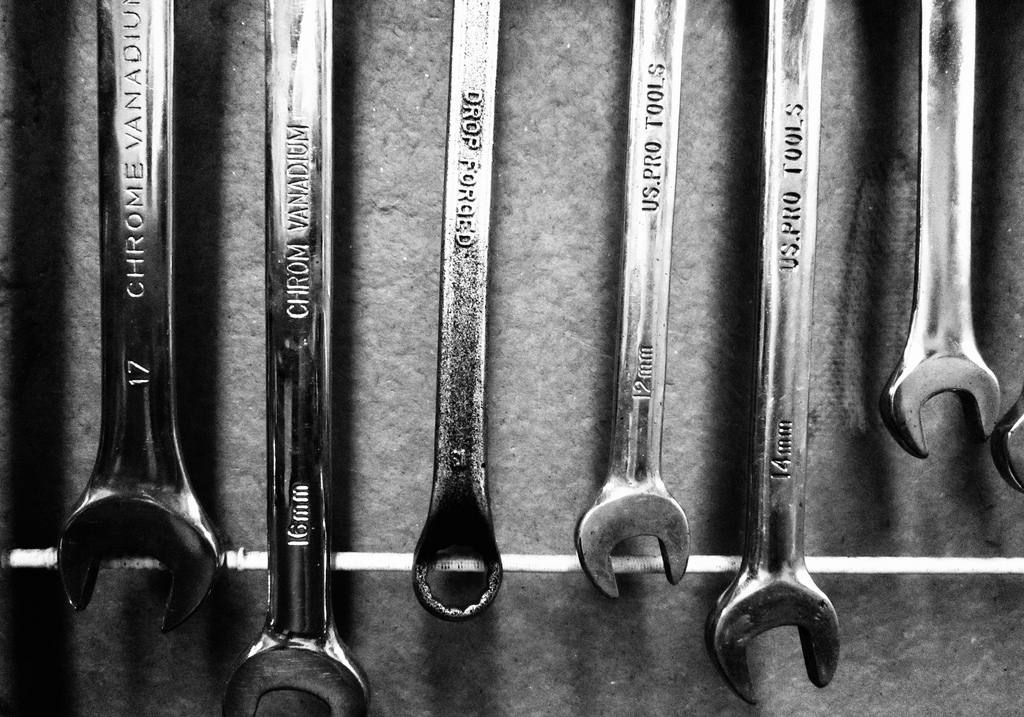Three WordPress Maintenance Jobs To Keep Your Site In Top Condition

In this article, I’d like to talk about three WordPress maintenance tasks that I carry out every month or so — think of it as the WordPress equivalent to getting your car’s oil changed.
I’m not going to include updating in my list of maintenance tasks, because responsible WordPress owners should be doing that whenever a patch or version update is released. Updating is not a performance and maintenance issue — it’s a security issue, and one that is essential to keeping your site safe from online criminals.
Checking For Broken Links
The web changes over time. Pages and whole sites go offline, are moved without a proper redirect, or become unreachable for any number of reasons. A link that once led to an article might now lead nowhere. This phenomenon is known as link rot, and it can happen both with external and internal links.
When a user — or a search engine crawler — follows those links, they’ll likely get a 404 error. 404s aren’t good for user experience and they aren’t good for search.
Every few weeks, I like to run Broken Link Checker over my site’s links to find any that have perished with link rot and update them so they point to an existing page.
Verifying Backups
There’s nothing more disheartening than losing weeks or months of work to a hardware failure or security breach, which is why all smart WordPress users regularly backup their sites. I prefer daily backups and like to retain backups for several months — it’s often impossible to determine exactly how far back you’ll have to go if your site suffers a malware infection.
Backups are only useful if you’re sure that they can be quickly and easily restored. There are various ways to go about testing a backup: I usually set up a clean install of WordPress on my development machine using MAMP and test database and file restoration of my backups. That way I can be sure that if the worst does happen, I won’t be left with a broken site for long.
Optimize The Database
Over time, your WordPress database will fill up with various records that it doesn’t need. The larger the database is, the longer it takes to run queries, which can have a direct impact on site performance and user experience.
You can do this the manual way, with a tool like PHPMyAdmin, or you can use a plugin like WP-Optimize, which will remove unneeded records including post revisions, unapproved comments and comment spam, and the contents of the trash. It’ll also run database optimization commands that you’d normally have to use PHPMyAdmin to access.
If you do these maintenance jobs regularly, it shouldn’t take more than 30 minutes or so to get through them, which is a good time investment if it keeps your site serving pages quickly and providing a superior user experience.



